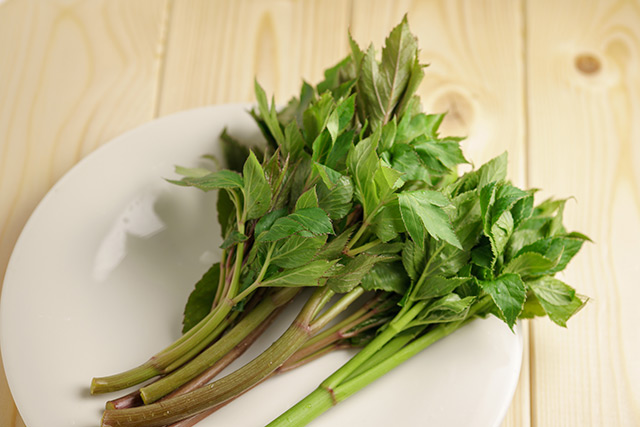Nature Knows and Psionic Success
God provides
Boost cellular health and prevent aging with this Japanese plant

( Natural News ) The ancient Japanese believed that ashitaba leaves can cure several ailments, hence the ashitaba plant played a significant role in Japanese traditional medicine. They used preparations made with ashitaba leaves to treat ailments like heartburn, stomach ulcer, high blood pressure, hay fever, gout, and constipation. Modern science has now confirmed that the herb native to Japan does have health benefits. According to a recent study, ashitaba contains a compound that boosts cellular regeneration and prevents aging . Ashitaba contains a compound which can prevent destructive aging in cells Scientists found that ashitaba contains 4,4′-dimethoxychalcone (DMC), a compound that enhances a cellular mechanism known as autophagy. “This is a cleansing and recycling process,” explained Frank Madeo, one of the authors of the study and a professor at the University of Graz in Austria. Autophagy removes unwanted cellular garbage like aggregated proteins. This “cleansing” process helps sustain good health on a cellular level by getting rid of cells’ damaged parts, which can build up and lead to cancer. It is believed that intermittent fasting and exercise can cause autophagy. However, in order to find more ways to induce autophagy, Madeo and his team turned their attention to plants. In particular, their study focused on a plant-based class of chemicals called flavonoids . Flavonoids are compounds known to have antioxidant and anti-inflammatory properties. These properties give flavonoids the ability to protect against brain degeneration, cancer, and other diseases. (Related: Hesperidin, a flavonoid, can be used to reduce skin damage caused by constant sun exposure. ) Discover how to prevent and reverse heart disease (and other cardio related events) with this free ebook : Written by popular Natural News writer Vicki Batt, this book includes everything you need to know about preventing heart disease, reversing hypertension, and nurturing your […]
Click here to view full article
